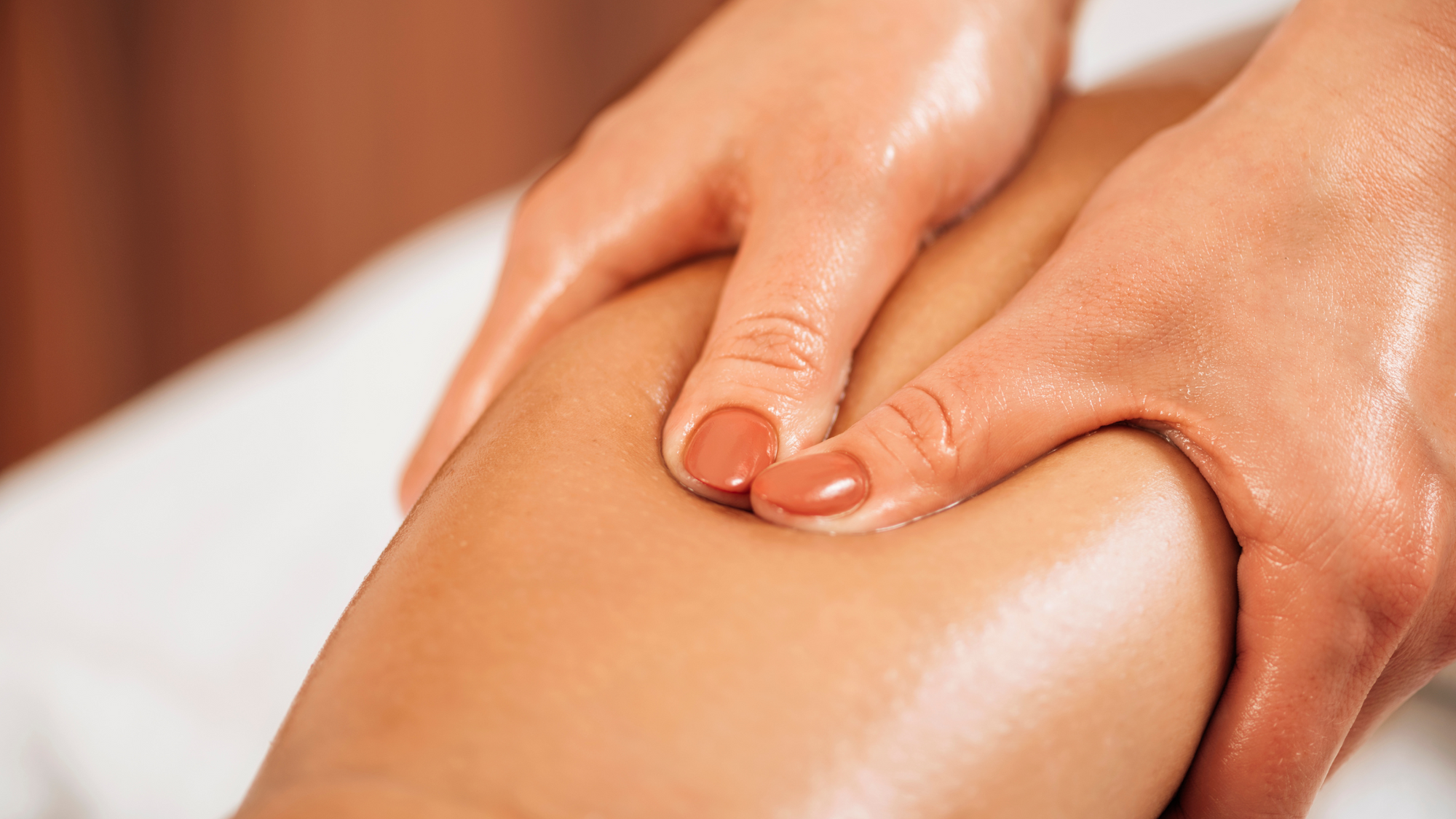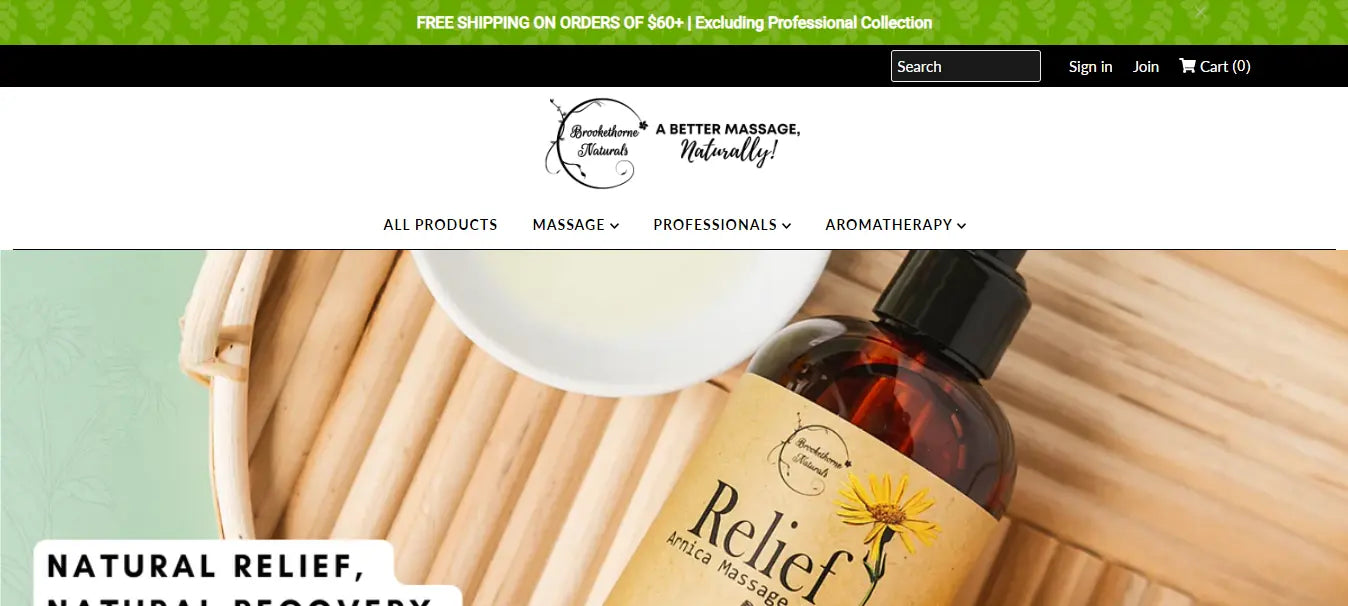
• 10/17/22
What is lymphatic massage?
Lymphatic massage is designed to reduce swelling and discomfort caused by lymphatic fluid not draining properly from glands. The fluid removes waste and toxins but with some conditions like lymphedema or fibromyalgia issues with draining are common and can be uncomfortable.
Lymphatic massage or lymphatic drainage is typically a medical massage carried out by professionals but there are things you can try at home to help release some swelling and discomfort.
What are the benefits of lymphatic massage?
These glands can play a surprisingly large role in our body's natural defense system so when it isn’t functioning correctly it can quickly become a problem.
Blockages are most common in arms and legs but any of the glands in the lymphatic system can be affected.
Lymphatic massage is a common part of treatment for conditions that impact this natural flow through the body and can help unblock glands and reduce swelling.

How to perform a lymphatic massage
Lymphatic massage is done by a trained professional, but there are a few simple things that can be done at home through self-massage.
Trained professionals provide lymphatic massage, but they can teach an individual basic drainage technique to use at home. A doctor or other professional can advise on safe ways to drain lymphatic fluid.
To begin, find a comfortable position. This can be sitting or lying and will likely

depend on the affected area.
With lymphatic massage, the aim is to massage the skin, not the muscle. This is quite different to most other types of self-massage and can make it slightly more difficult to get the pressure right.
If an area is swollen or infected it should not be directly massaged. Similarly, if an area has been under recent treatment for cancers or infection it should not be massaged.
Keep hands relaxed and gently apply pressure to the skin. Movements should be a slow dragging motion designed to help move fluid around the body.
Breathing is a key part of the process and will naturally help to move fluids around the body as you massage relevant areas.
For lymphatic massage, begin at the neck, massaging the space between your ears and shoulders in a slow dragging motion. Remember, this is about improving circulation and your movements should reflect this.
After the side of the neck, move to the back of the neck and repeat this motion between your hairline and shoulders.

Move down to your armpits. Gently cup the area and with the same motion gently guide your hand back in towards your body. It is common for this area to experience swelling and if this is the case avoid the area.
Next move to the space behind your knees. With your fingers gently move upwards in the same smoothing motion.
It’s typically not recommended to use oils or creams to massage just these areas but you may find a benefit in using them as part of a wider massage routine, avoiding these areas with products to focus on lymphatic massage.
Massage in general will encourage flow throughout the body and can help relieve aches and pains caused by muscles and joints. Sometimes when we experience swelling or discomfort in a specific area, like our lymph glands, we can overcompensate to avoid pain and this in turn impacts other muscles.
A full and rounded approach to massage and self-care can help our bodies to feel more relaxed and more flexible, helping us manage some of these pains and aches better day-to-day.
For general massage, we recommend our pain relief arnica cream. It helps with many of these joint and muscle problems.


Comments
0 Comments
Leave a Comment